Yellowstone - Season 1
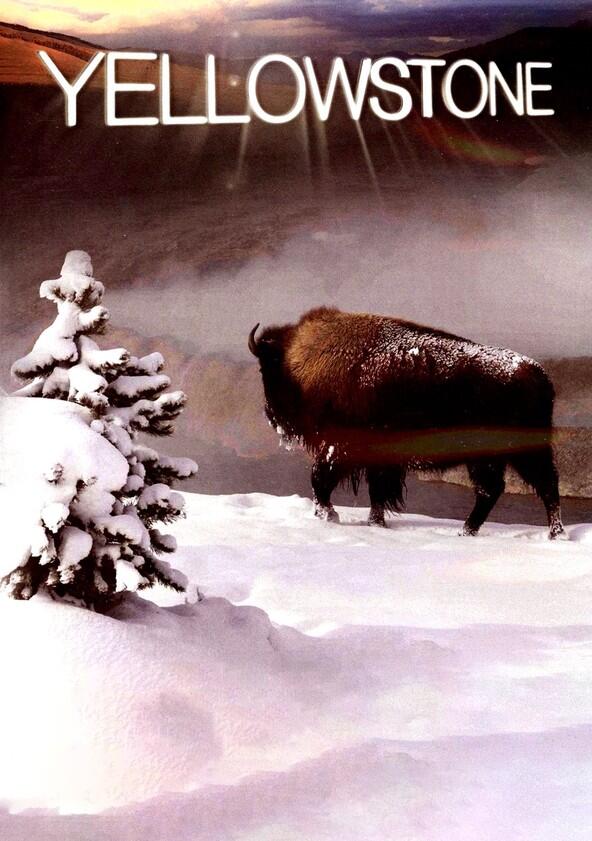
Season 1

Episodes
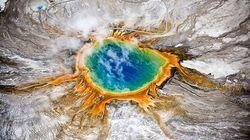
Winter
In winter, Yellowstone is frozen solid - locked in snow as deep as a house for over six months. Whether you hunt for meat, live off stored body fat or whether you simply hibernate, you need to take everyadvantage, however slight, to save precious energy - then you might just make it through the winter to enjoy the green grass and balmy days of spring.
As we follow the grip of winter over the course of six freezing months, we chart the fortunes of Yellowstone's wildlife in a finely balanced fight to survive. Bison use their massively powerful heads to dig through some of the deepest snow in America to reach the grass beneath. A red fox listens out for mice scurrying six feet beneath the snow before diving headfirst into the drift to snap up its prey, while otters slide through Yellowstone's winter wonderland to find any remaining open water where they can fish. All the while, as the herds of elk and bison are gradually weakened by the cold, one animal gets stronger - the wolf.
But all is not as it first seems - there are larger powers at work. Whether a wolf, a bison or an elk makes it through is intimately linked to Yellowstone's greatest secret. Sleeping beneath the ice and snow-covered surface is one of the world's largest volcanoes. In an extraordinary twist of nature, everything from the freezing winter cold to the creation of a snowstorm is determined by the power of Yellowstone's volcanic heart.
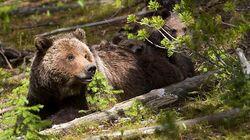
Summer
As the spring melts the winter snow, the full extent of Yellowstone is gradually revealed. Now, from the surrounding lowlands herds of elk, pronghorn and bison return from their winter feeding grounds to takeadvantage of America's richest natural grasslands - right in the heart of Yellowstone. In only a few weeks, a brutally harsh deep freeze has been transformed into a flower-decked nursery perfect for the year's newborn animals. There is also a new cast of characters that emerge bleary-eyed from hibernation as grizzly bears begin to teach their young the secrets of survival in Yellowstone - how to hunt fish in the still-frozen rivers and, as the season progresses, when to move out through valleys and grasslands into summer forests and up into Yellowstone's alpine peaks. In this spectacular wilderness, over 10,000ft high, they slide and scrabble, hunting millions of tiny moths buried under rocks on the barren slopes.
But summer here is fickle; even on Midsummer's Day, winter can descend from the surrounding mountains bringing punishing snows to fragile flower meadows. August is the only month in the year when it does not snow, but then, just as it seems the easy living of summer has finally arrived, it is brought to an abrupt end as fires sweep through the forest, laying Yellowstone to waste.
Yellowstone is the most geothermally active place on Earth. There are 10,000 boiling springs, bubbling mudpots and fumeroles there, and more geysers than in all the rest of the world put together. But for some, nature's fountains are more than just a marvel, they are an obsession. 'Geyser Gazers' have seen them all and can even imitate them. With bated breath, like trainspotters they tut when one is a few seconds late and when another erupts in a new and innovative way they dance for joy.
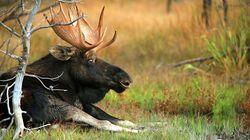
Autumn
Over the summer, Yellowstone has flourished - in late August there are more living things here than at any other time of the year. But winter is around the corner and there are just two months for all Yellowstone's animals to get ready or get out.
An early dusting of snow is a sign for elk to start moving down from the mountains to focus on finding food in the valleys. Although the wolves are waiting for them, the male elk are distracted, their haunting bugle call boasting that they are fired up and ready to fight each other to the death for the right to breed.
As temperatures fall further, beavers get busy in a rush to repair dams and stock underwater larders before ice freezes their ponds. Yellowstone's forests - the aspens, cottonwoods and maples - start to shut down for the winter, their colours painting the park a blaze of red and gold. Meanwhile, another tree is coming into its own, the whitebark pine. It offers up a bumper crop of pine nuts which fatten grizzly bears and squirrels alike. But its nuts are meant for another animal - the Clark's nutcracker - a small bird with a colossal memory and one that will reward the tree's efforts well by carrying its seeds far and wide, and even planting them.
As autumn ends, the snow and ice return and many animals now move out from the heart of Yellowstone and away from the protection of the national park. Their fight is not only to survive the cold, but also to find what little wild space remains in the modern world. All around Yellowstone, the human world is encroaching - it is now that the true value of the 'world's first national park' becomes clearer than ever.
Mike Kasic is a local sound recordist who got many of the natural sounds for the series, but in his spare time he dons snorkel and fins and jumps into the raging waters of one of the USA's wildest rivers to explore Yellowstone from the point of view of the unique Yellowstone cut-throat trout. Whilst his exploits might seem strange to the other park users - fly fishermen and bison alike - in becoming a fish, Mike not only uncovers an enchanting hidden Yellowstone, but finds out that things are not what they used to be for the cut- throat trout.
Recently Updated Shows

The Food That Built America
For generations of Americans, food titans like Henry Heinz, Milton Hershey, John and Will Kellogg, C.W. Post and the McDonald brothers have literally been household names, but you don't know their stories. Before they were brand names, they were brilliant, sometimes ruthless, visionaries who revolutionized food and changed the landscape of America forever. This miniseries event will tell the fascinating stories of the people behind the food that built America – those who used brains, muscle, blood, sweat and tears to get to America's heart through its stomach, and along the way built cities, invented new technologies and helped win wars.

The Floor
The Floor is a physical quiz show that sees 81 contestants face off in quiz duels on a giant LED floor divided into a 9×9 grid of squares, each representing its own field of knowledge.
The first challenger, selected at random, must choose one of his or her neighboring opponents to go head-to-head in an epic quiz duel in the opponent's category. The winner takes over the loser's square, gaining valuable ground as they expand their territory, while the loser exits the game. The winner must then choose – do they continue on and attempt to secure another square? Or do they let The Floor choose a new challenger? The last contestant standing who gains full control over The Floor takes home a life-changing $250,000 cash prize.

When Calls the Heart
When Calls the Heart is inspired by Janette Oke's bestselling book series about the Canadian West, the series tells the captivating story of Elizabeth Thatcher, a young teacher accustomed to her high society life, who receives her first classroom assignment in Coal Valley, a small coal mining town where life is simple, but often fraught with challenges. Upon arrival, Elizabeth befriends Abigail Stanton, a wife and mother whose husband, the foreman of the mine, along with a dozen other miners, has just been killed in an explosion. The newly widowed women find their faith is tested when they must go to work in the mines to keep a roof over their heads. Set against the wild canvas of a 19th century coal town, Elizabeth will have to learn the ways of the frontier if she wishes to thrive in the rural west on her own.

Beyond the Gates
Beyond the Gates is set in a leafy Maryland suburb just outside of Washington D.C., and in one the most affluent African American counties in the United States. Here you'll find a posh gated community with winding tree-lined streets and luxurious mansions to call home. At the center of this community are the Duprees, a powerful and prestigious multi-generational family that is the very definition of Black royalty. But behind these pristine walls and lush, manicured gardens are juicy secrets and scandals waiting to be uncovered. And those that live outside these gates are watching closely. These are the places where our characters live, love, work and play. Those who have "made it" and those who haven't are all trying to navigate life … and some with more grace than others.
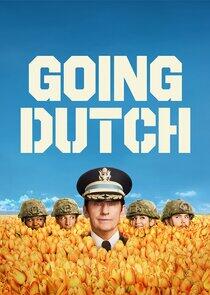
Going Dutch
In Going Dutch a decorated, hard-ass colonel is tasked with running the least important U.S. Army base in the world, located in the tulip-hugging, wine-chugging Netherlands.